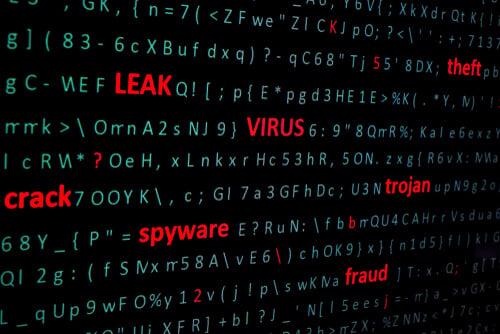Phishing has been striking dread into the hearts of IT security teams all over the world almost since email came into use, with the term first appearing in 1995. Since then, phishing attacks have increased, become more widespread and frequent, and developed more sophisticated methods.
The main reason why phishing is so feared—and effective—is that it targets the weakest link in any cybersecurity program: employees. People have a distressing tendency to be distracted and confused, especially when attempting to clear up a backlogged inbox in autopilot mode. This means that it's often easier to manipulate someone's emotions and trick them into clicking on a malicious link or sharing their access credentials, than to hack past a firewall or guess a password.
For this reason, phishing awareness and education programs have become a crucial element in any robust cybersecurity strategy. Teams invest in continuous training, realistic simulations, and other tools and tactics to minimize the risks of employees falling for a phishing attack, and with reasonable success.
However, phishing tactics continue to evolve and become more convincing, with criminals now harnessing AI to develop phishing campaigns that are hard to detect. They've also been increasingly running a highly impactful type of phishing attack; whaling phishing is coming for your executives, and it's alarmingly successful.
The stakes are high
Classic phishing attacks are designed for a broad audience and follow a spray-and-pray logic, but whaling phishing, or just whaling, is a peculiar breed that's targeted at CEOs and other high-ranking executives. These attacks try to trick the target into approving a fraudulent transaction, click on a link that holds malware, open a malicious file, or enter their password on a fake website.
There's a reason why whaling attacks focus on individuals who are in positions of authority: if the attack works, they can gain a lot more than from ordinary workers.
C-suite executives have access to far more areas of the organization, including critical assets that aren't available to the average employee. If malicious actors can get hold of the CEO's access credentials, the entire organization is open before them.
Additionally, high-ranking executives have the power to authorize payments. Many whaling attacks attempt to convince the target to approve a wire transfer or an online payment to an account that appears genuine.
Whaling attacks are too successful—here's why
It would be nice to think that top-ranking executives are better at spotting fraudulent messages than their lower-ranking colleagues, but having a high position in the company doesn't make you immune to phishing.
The truth is, all too many executives are unprepared for whaling attacks. They generally reach their positions because of their business or finance acumen, or ability to build strong relationships. Furthermore, they often don't have a background in cybersecurity that fits them to easily detect fake messages.
Top executives are also frequently overstretched and under-vigilant. They are called upon to make major decisions in a hurry, and might not have enough time to fully investigate requests that seem unusual or irregular.
This makes them susceptible to messages of urgency, and cybercriminals take advantage of their distraction and pressure. Attackers know their targets' weak spots and pain points. They use messaging designed to trigger their anxieties, like warnings about legal action or reputational harm that must be addressed immediately.
Additionally, leading business people are in the public eye more than regular employees. Information about them, like their birthdays, family members, and even their favorite restaurants or sports teams, is often widely available online. This makes it easier for criminals to craft convincing messages that contain enough true details to slip past the target's defenses.
Finally, it's possible that the folks upstairs overestimate their ability to recognize attacks and resist manipulation. They are also genuinely short on time. As a result, they may not take part in organization-wide awareness training and phishing simulations, which would otherwise give them stronger tools for detecting whaling attacks.
Reinforcing your defenses against whaling phishing
There are ways to strengthen your defenses against whaling phishing attacks. However, there are no shortcuts. Top executives need phishing awareness training just as much as any other employee on the team, but that training needs to be tailored towards the specific messaging and tactics used in whaling attacks.
Reinforce the importance of not clicking on links that look suspicious, verifying domain names and email addresses, and noticing if a request seems unusual even if it came from a legitimate address. Realistic simulations that mimic common whaling messages help prepare higher-ranking employees for the types of attacks they'll encounter.
It's also important to remind them that malicious actors are increasingly adept at OSINT and therefore have easy access to a lot of information about them, and use it to make their attacks appear more trustworthy. Setting social media accounts to private, or to friends only, makes it harder for cybercriminals to harvest extra details to embellish their whaling messages.
At the same time, it's a good idea to strengthen protections around your databases and systems. Double down on access controls, give everyone regular refreshers about password hygiene, and check that even C-level executives have access to only the data that they need for their role. Multi-factor authentication (MFA) should be turned on for every account that executives use.
Protect your whales
Whaling phishing attacks are on the rise largely because they work. Too often, executives aren't prepared for whaling phishing, and they don't know how to recognize or prevent this foul play. Security teams need to expand phishing awareness training to include the unique circumstances of whaling attacks, equipping top executives to protect themselves from being taken in.





